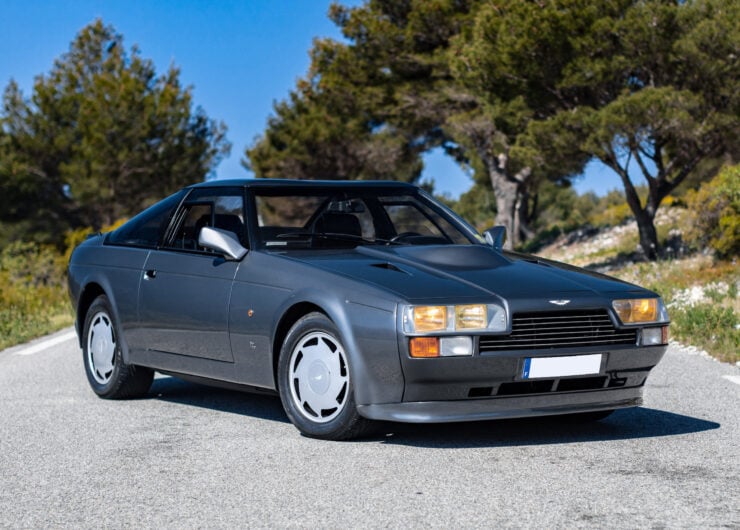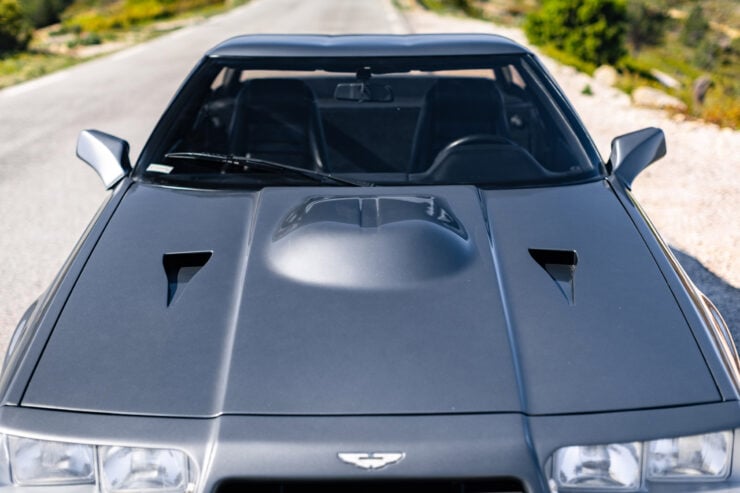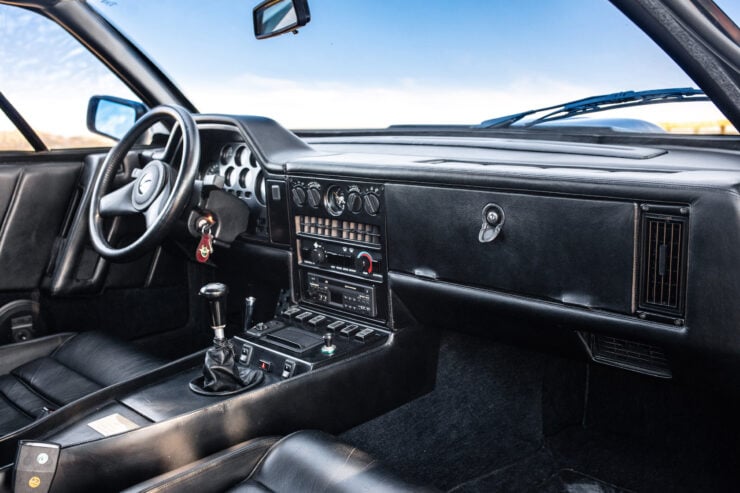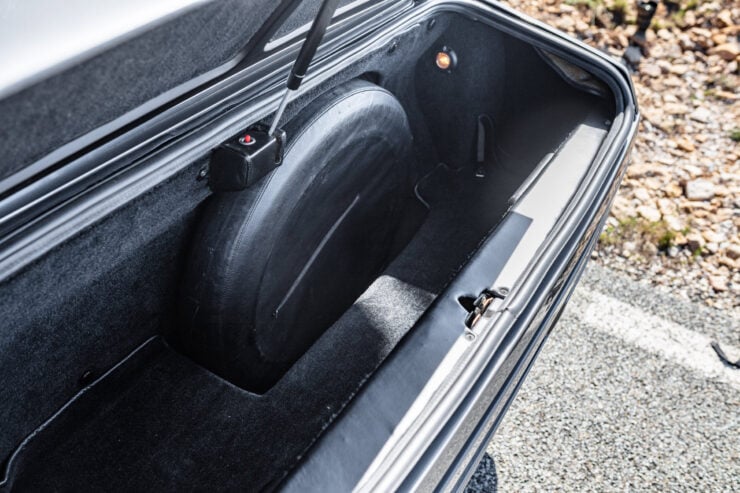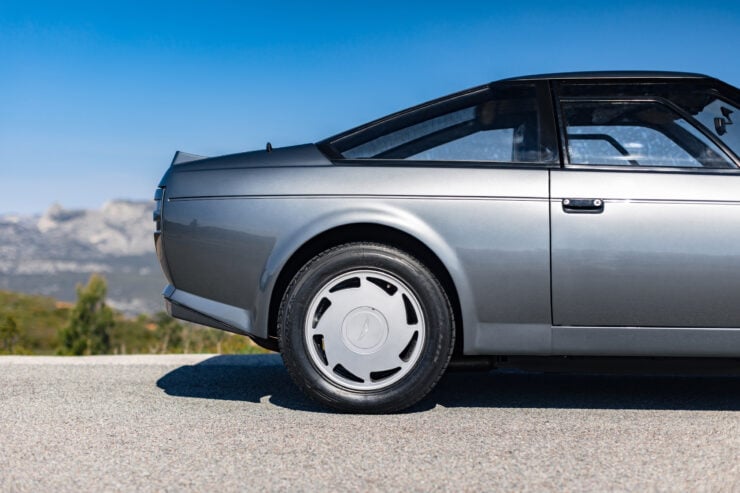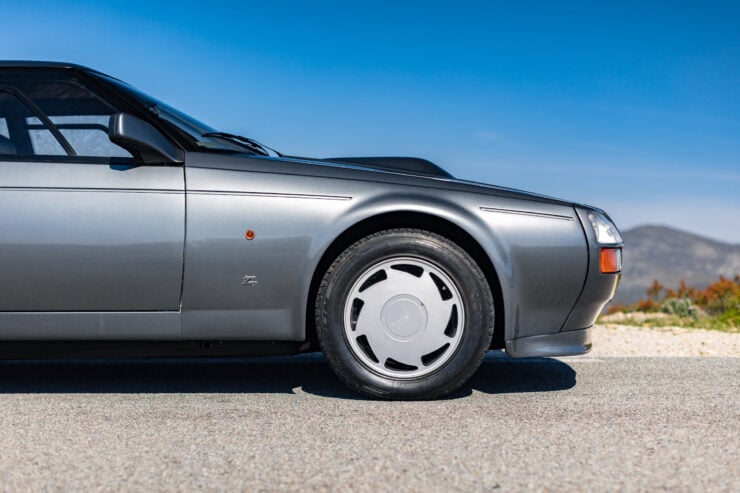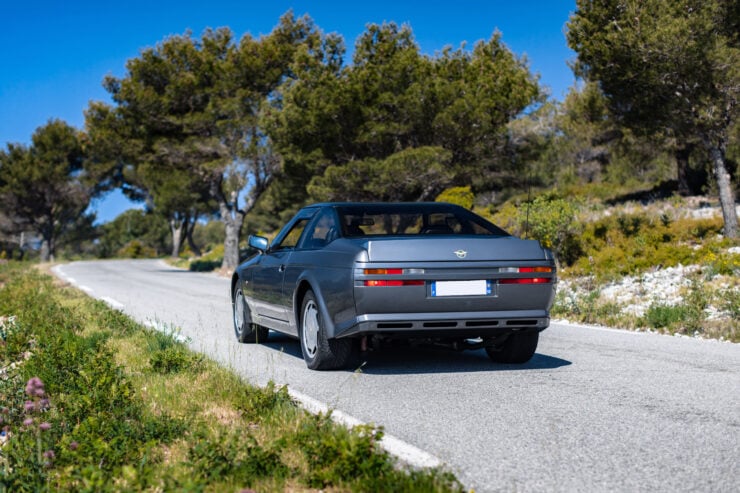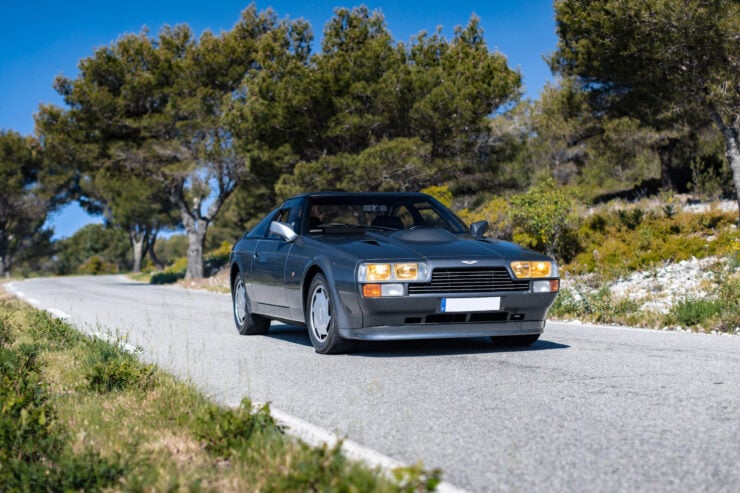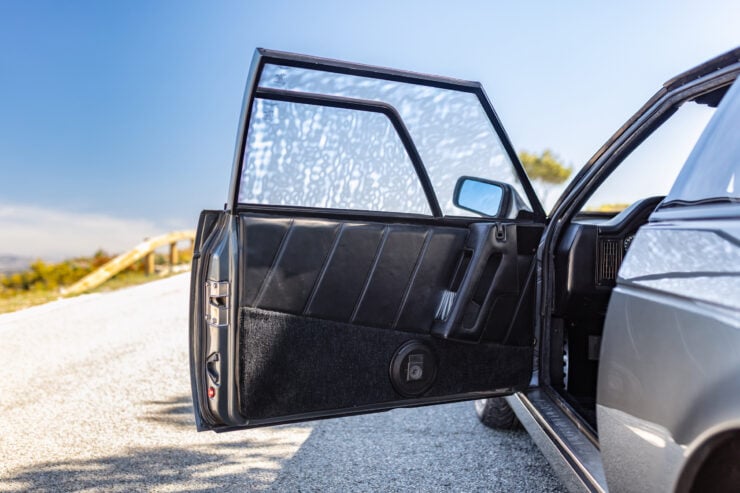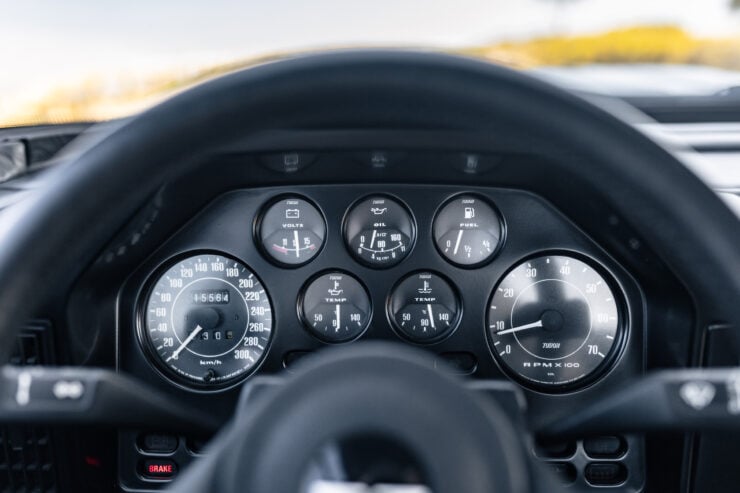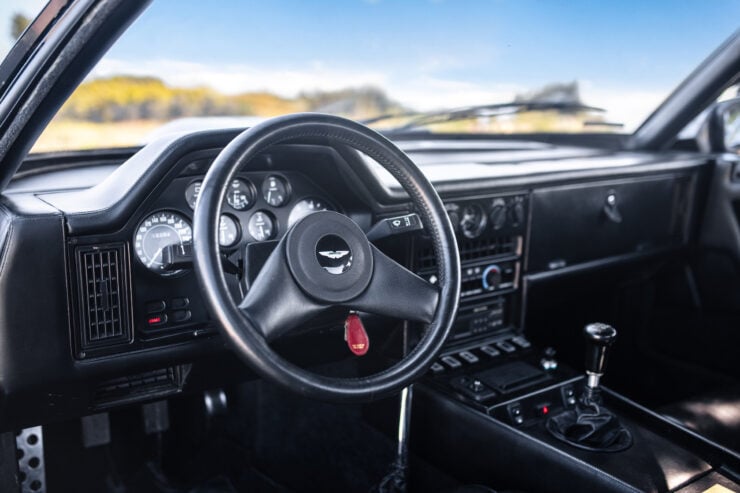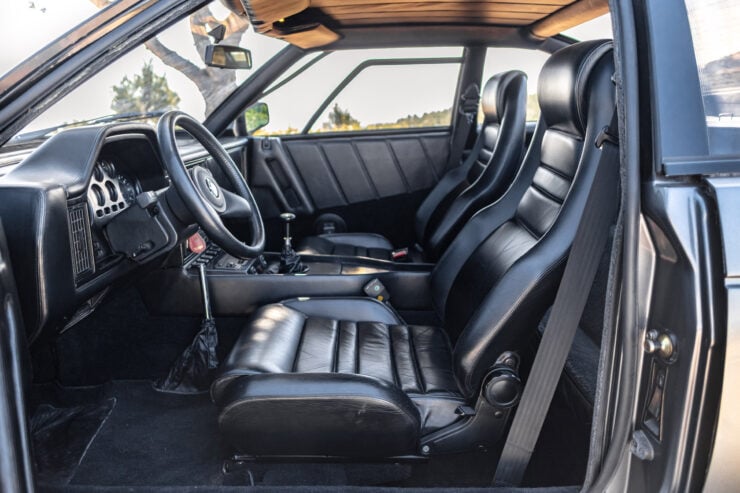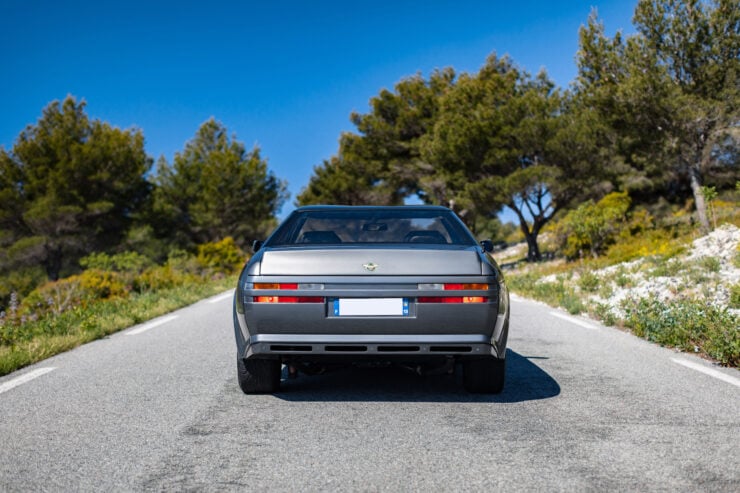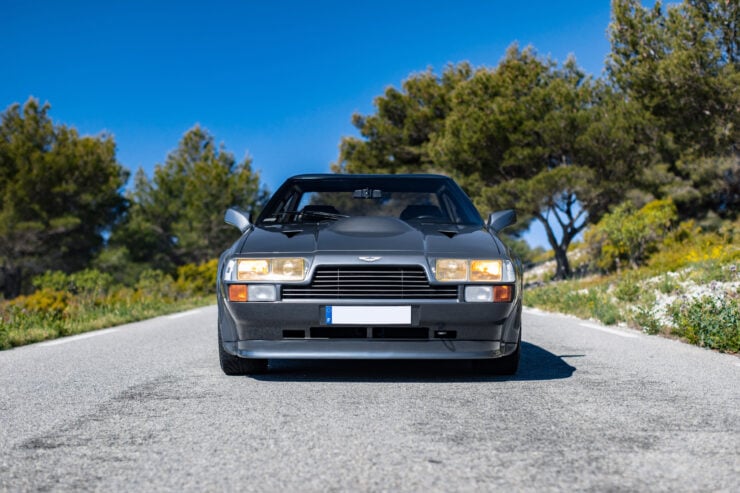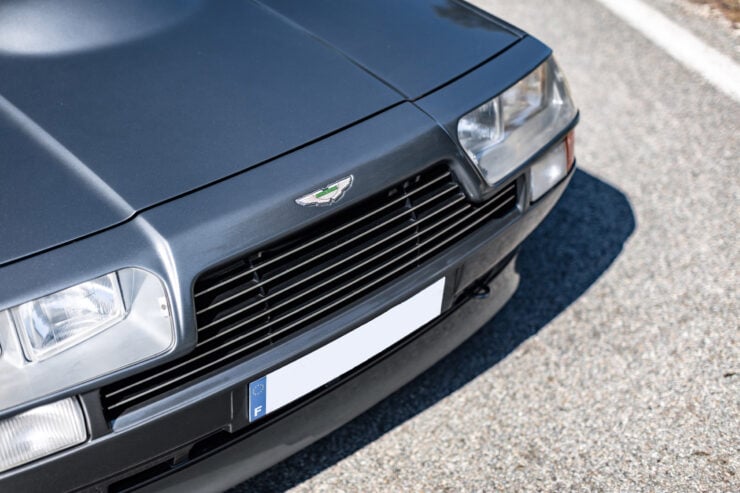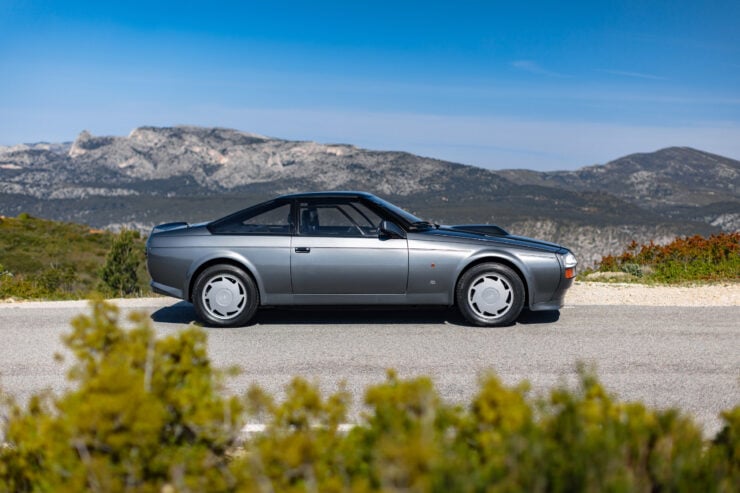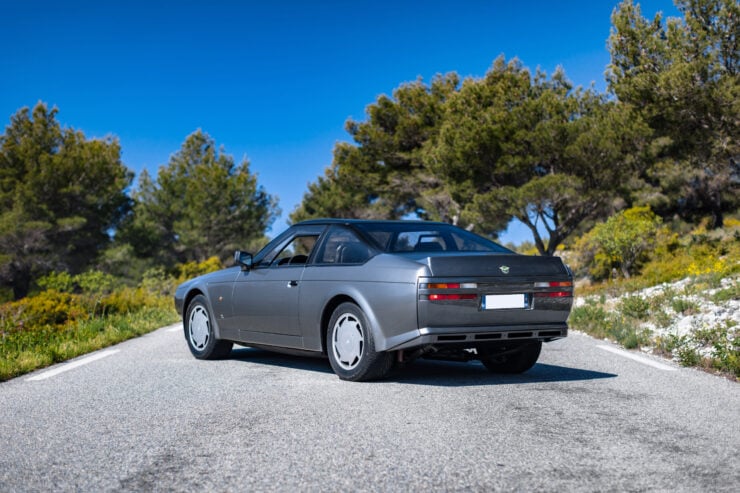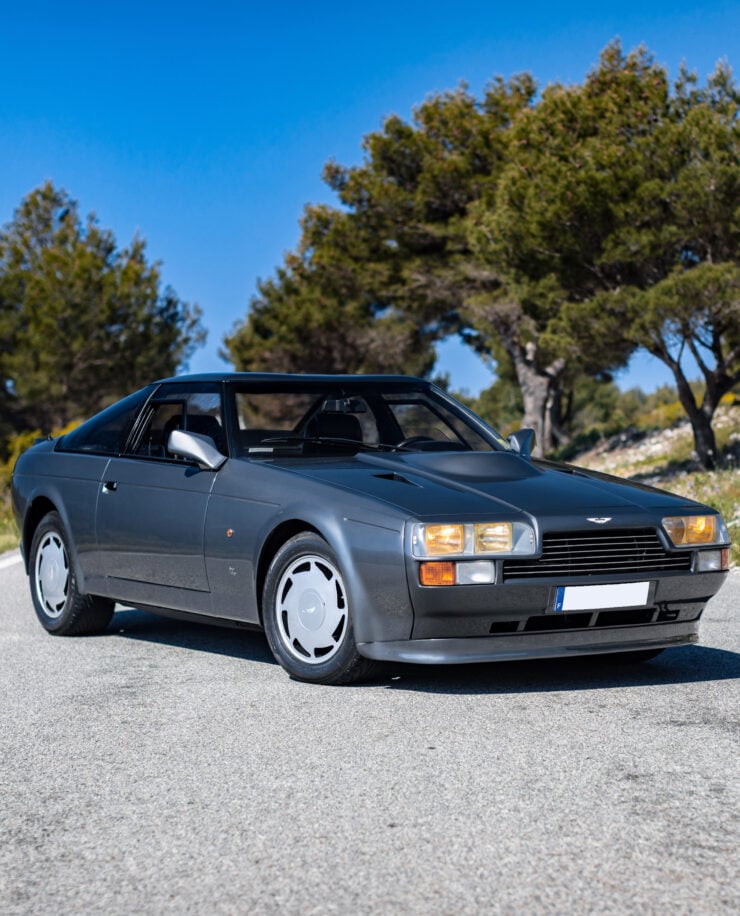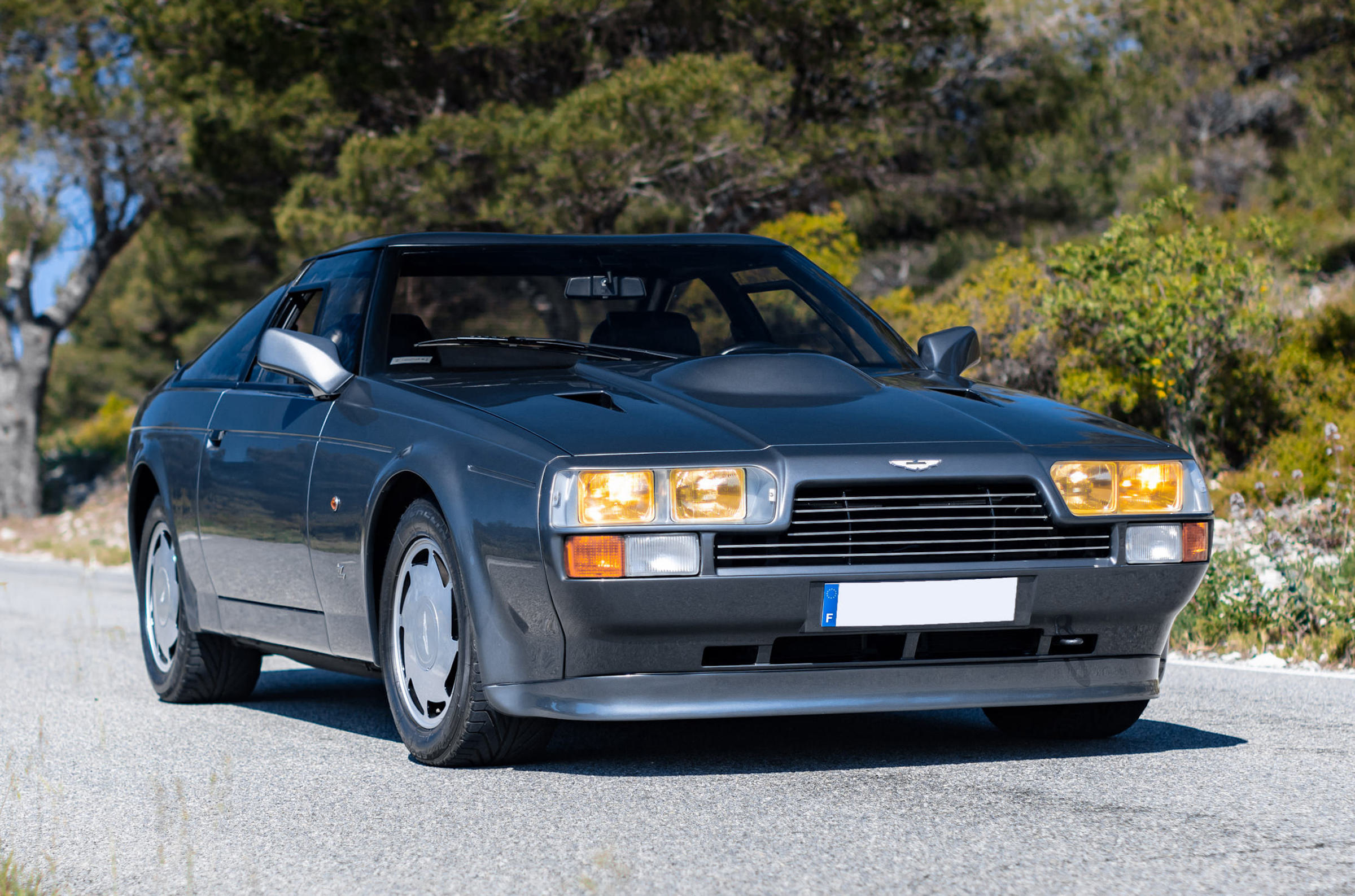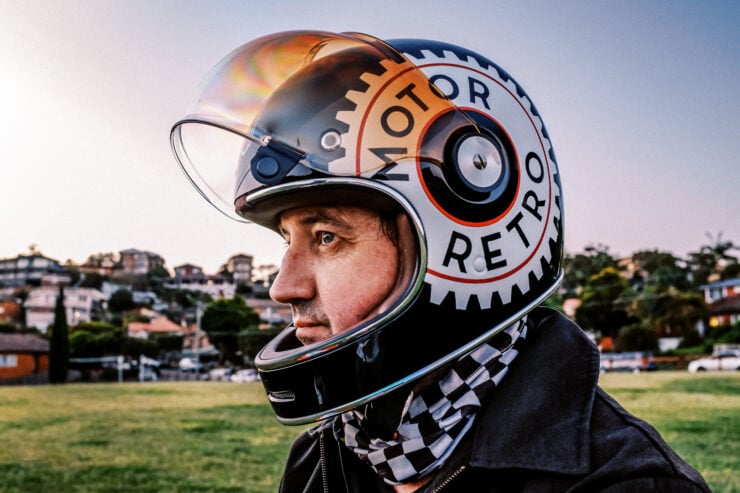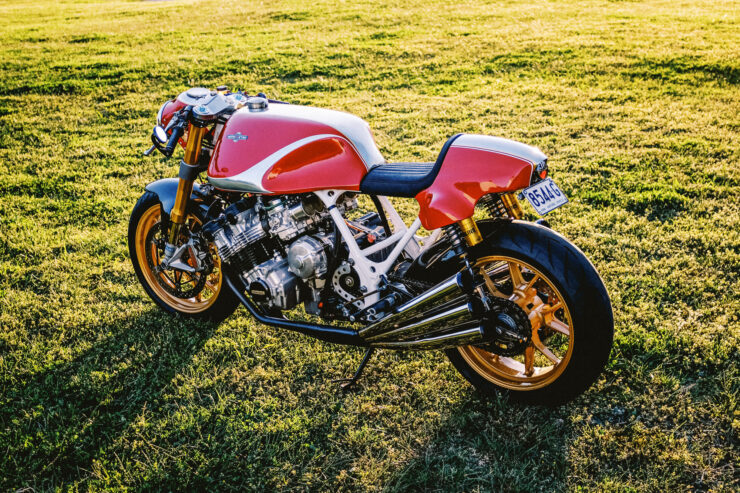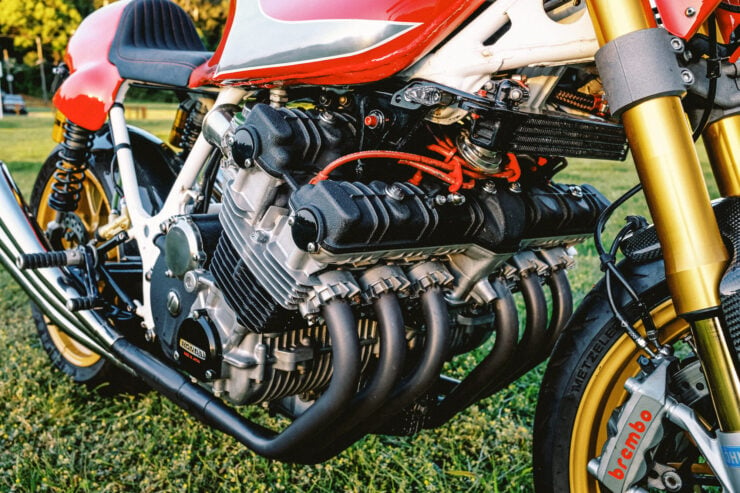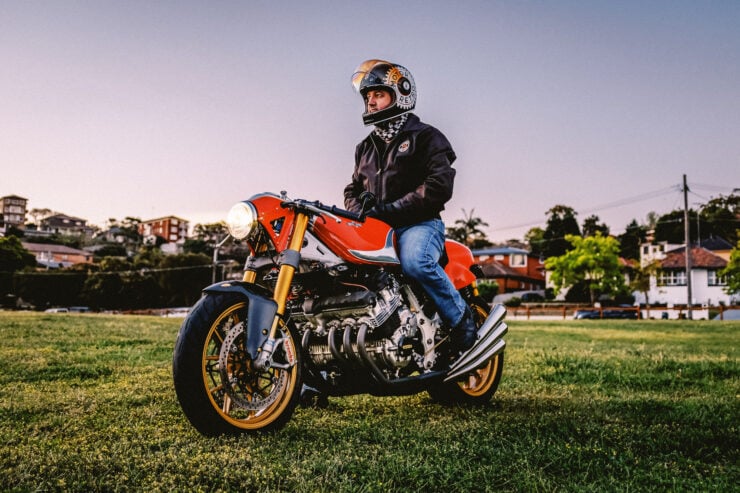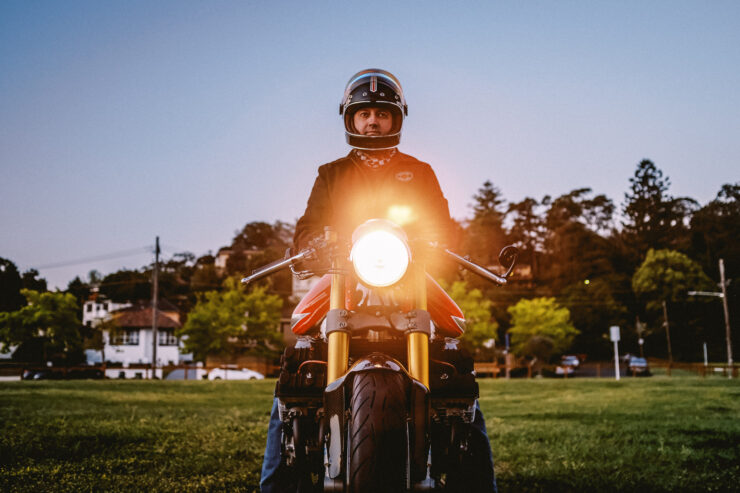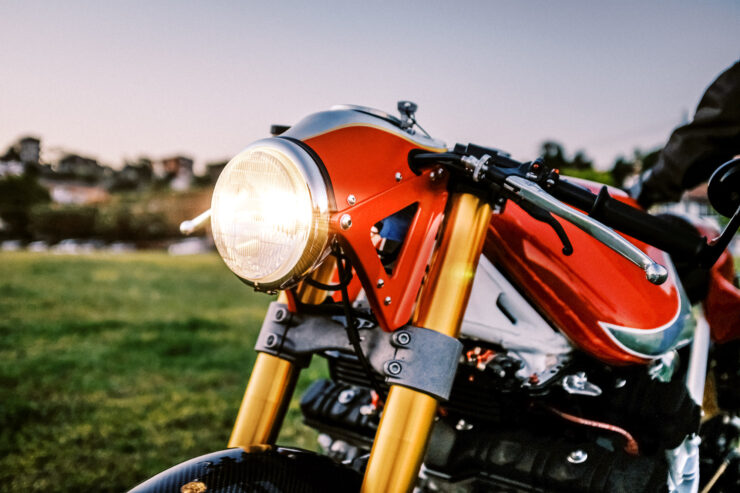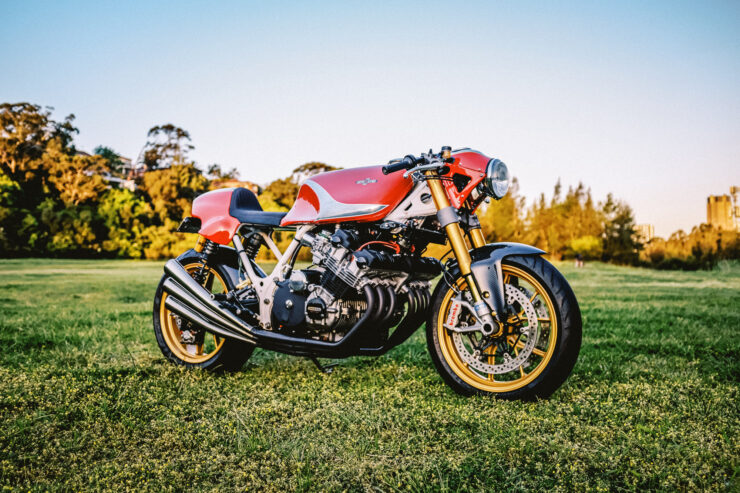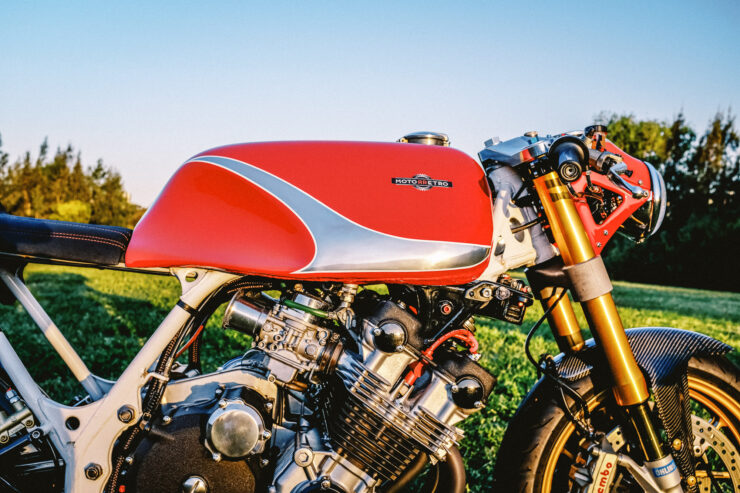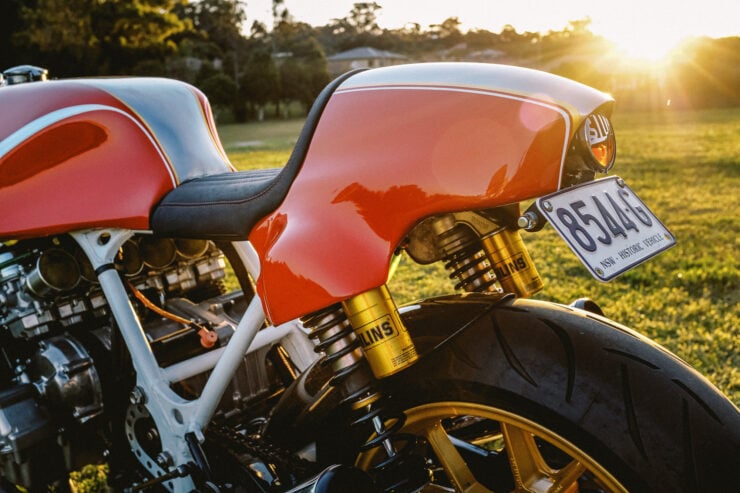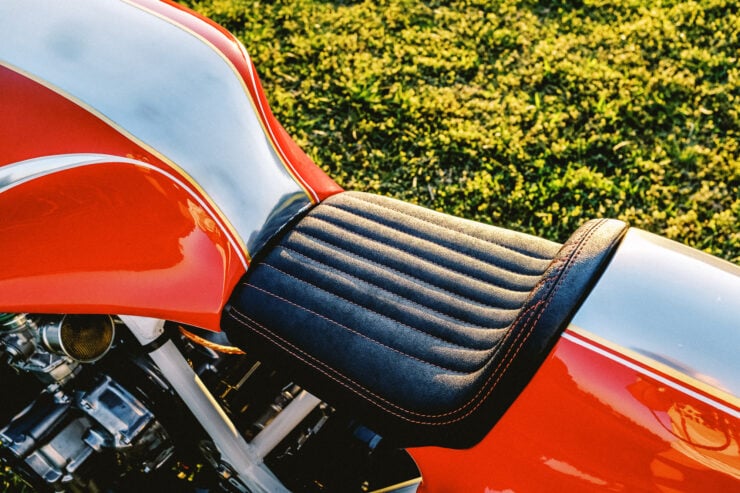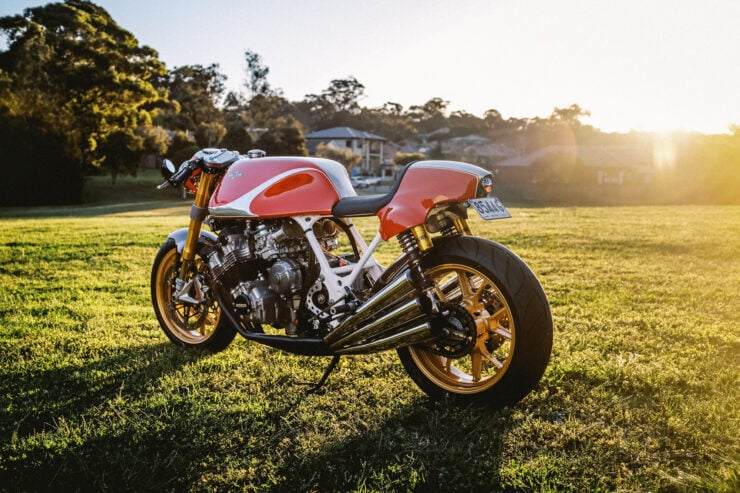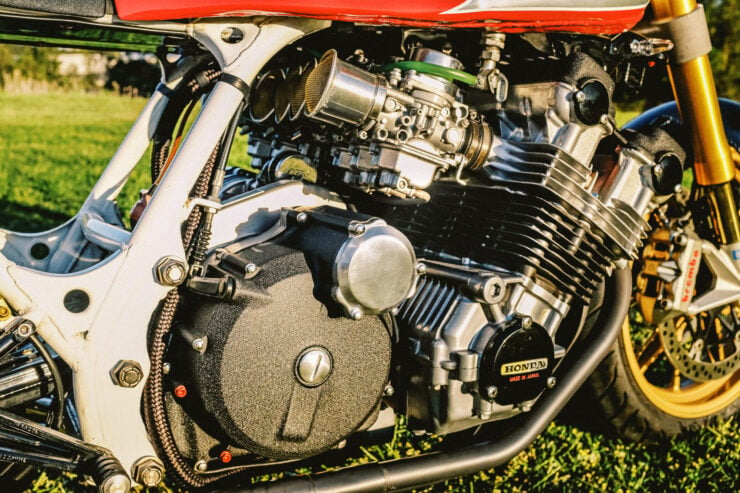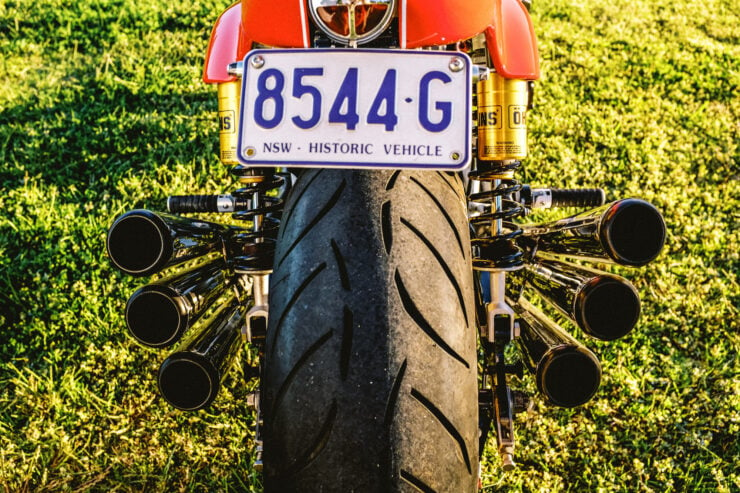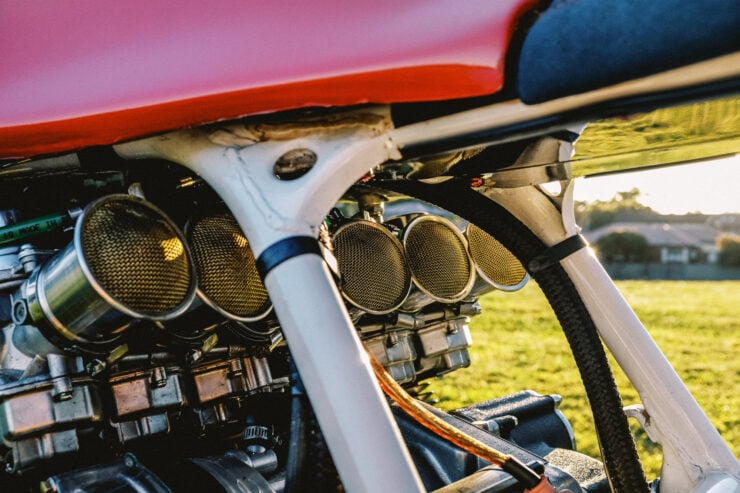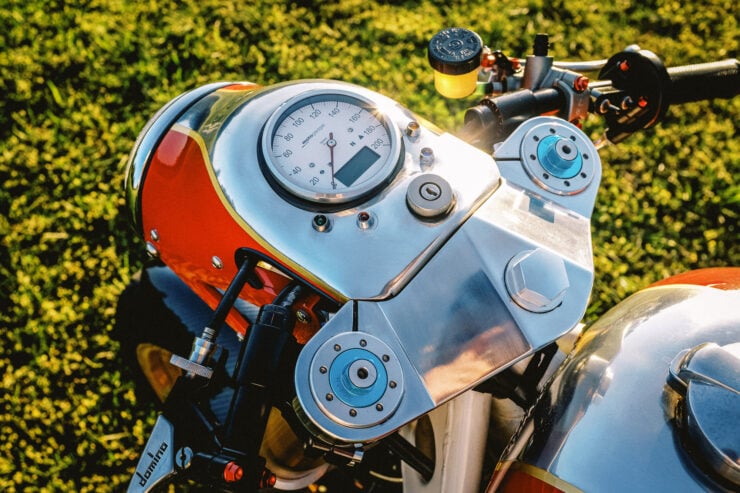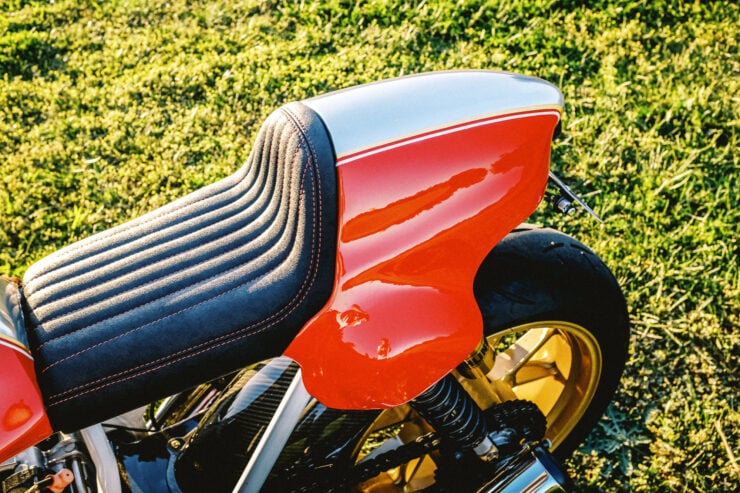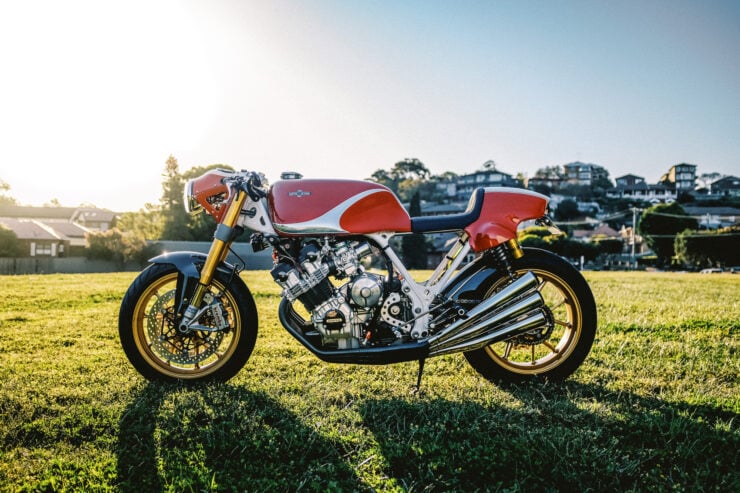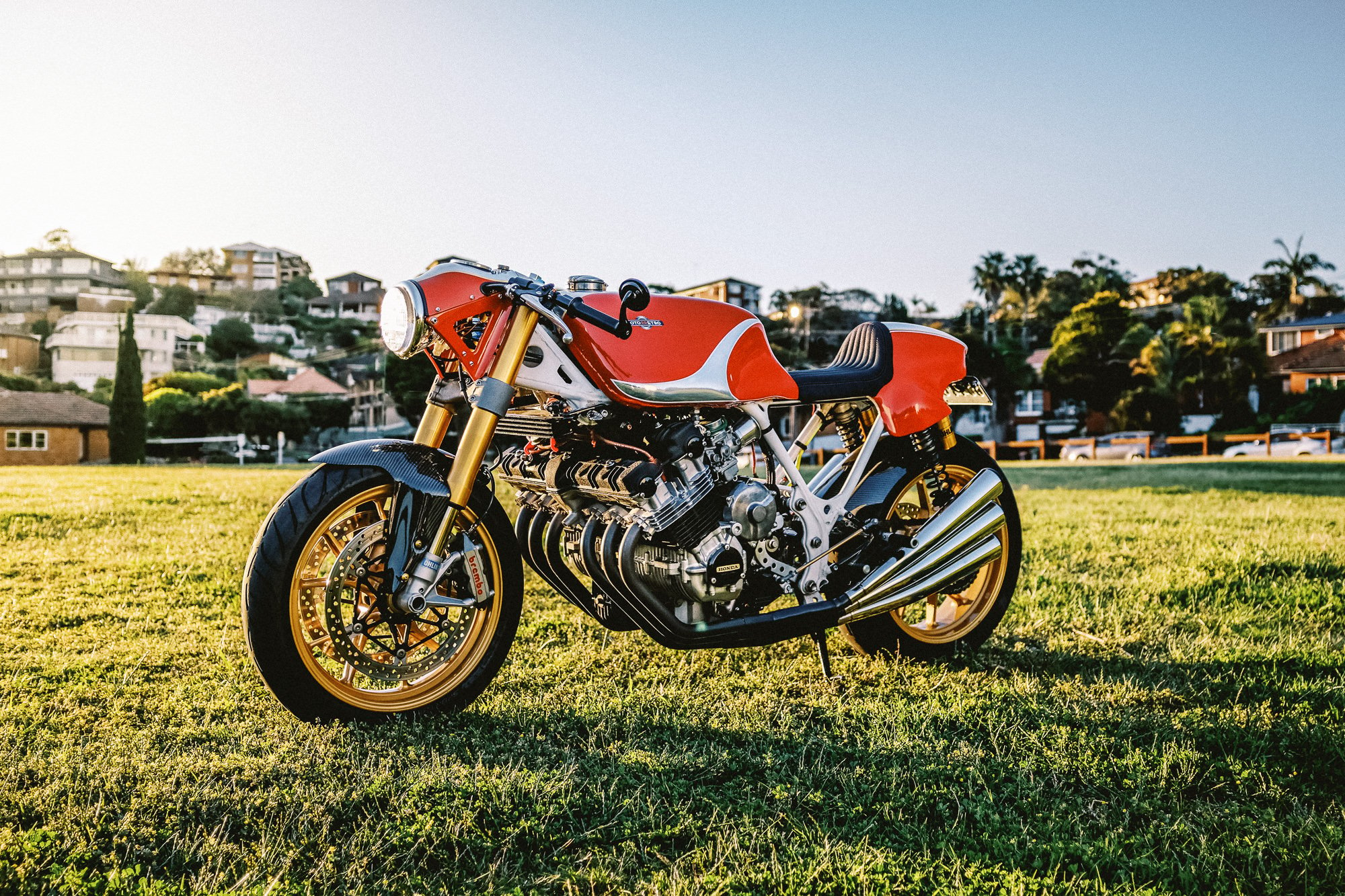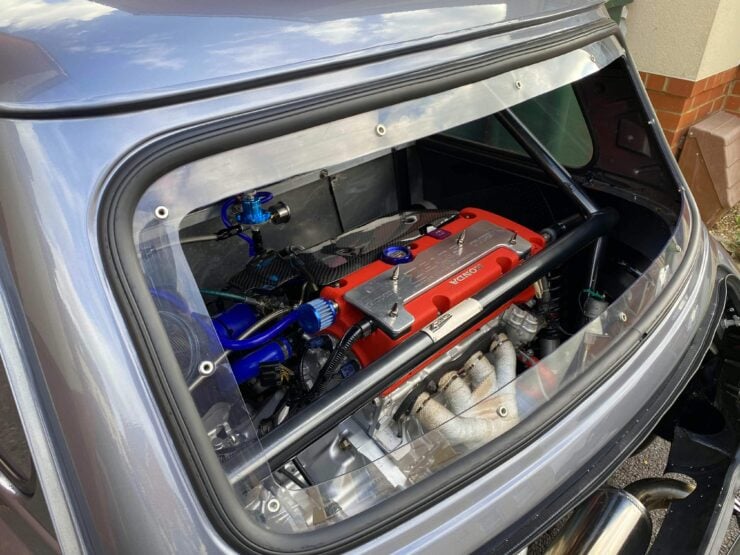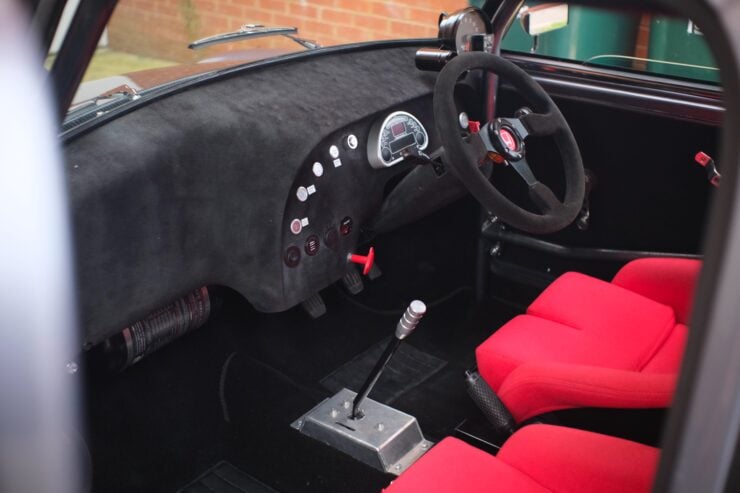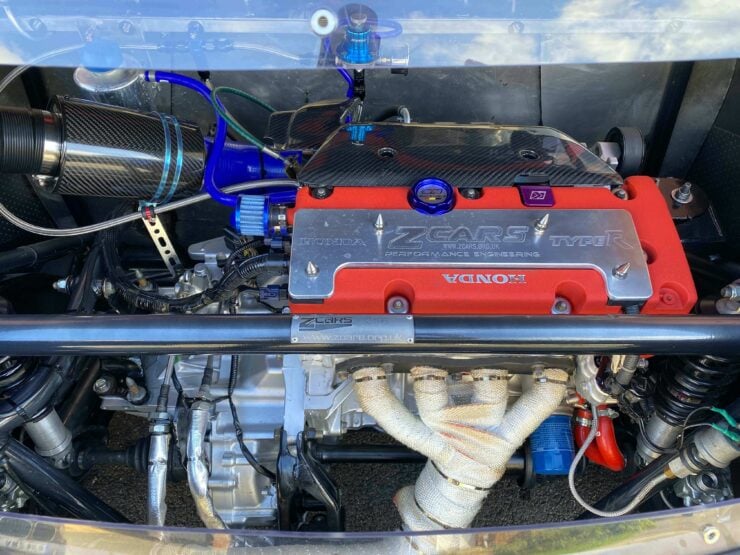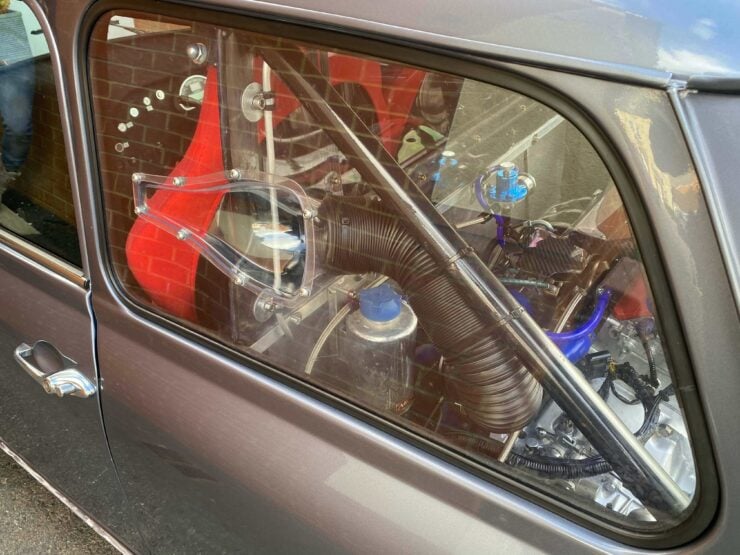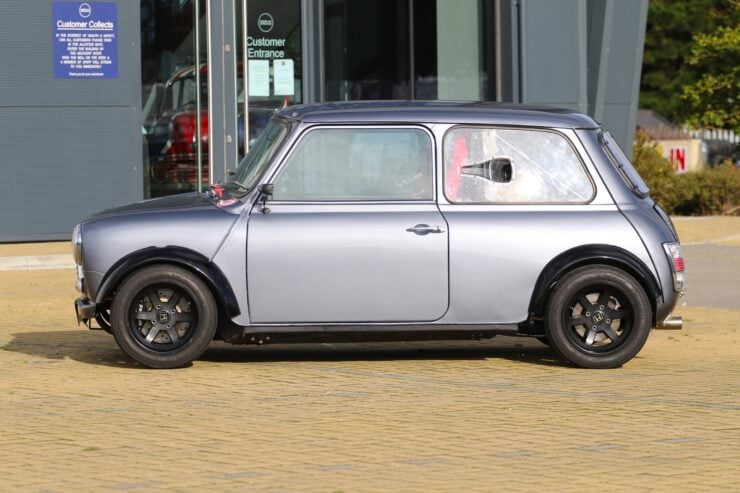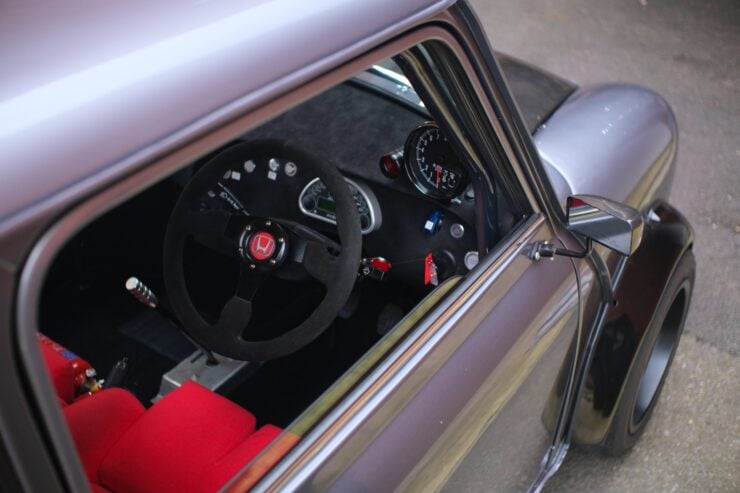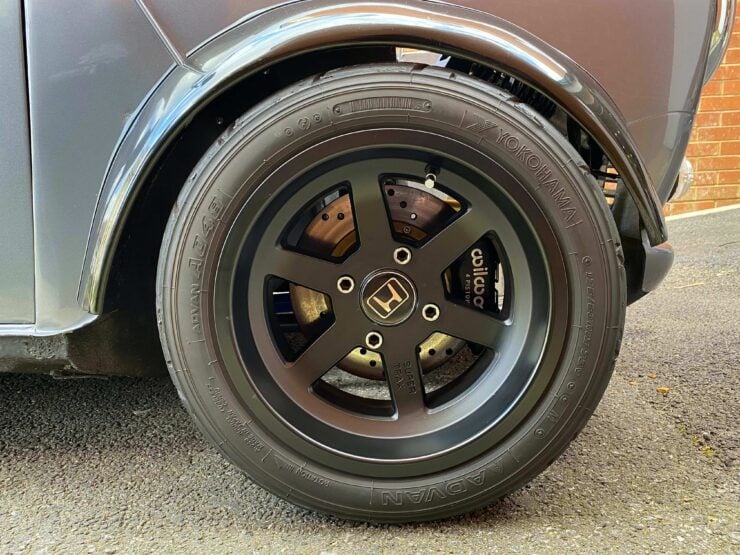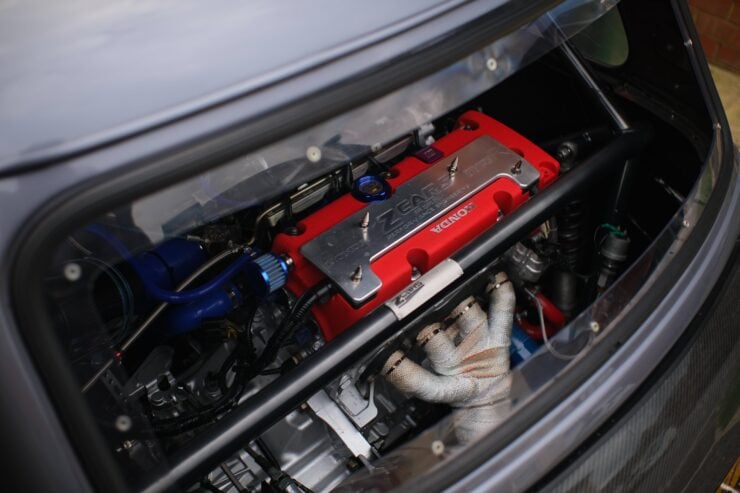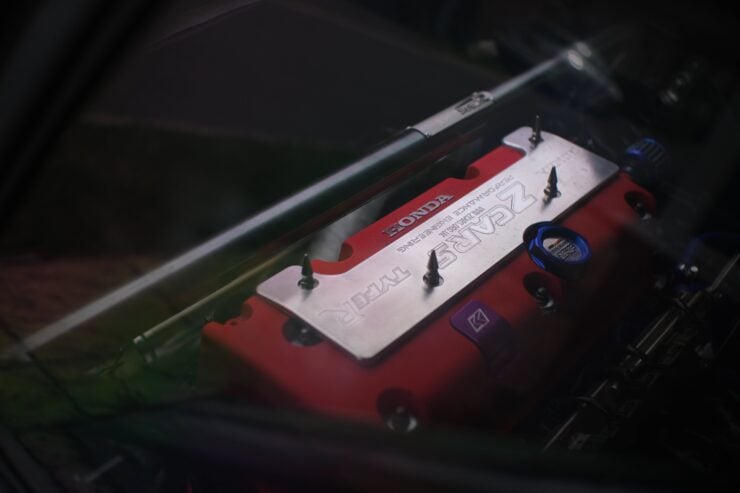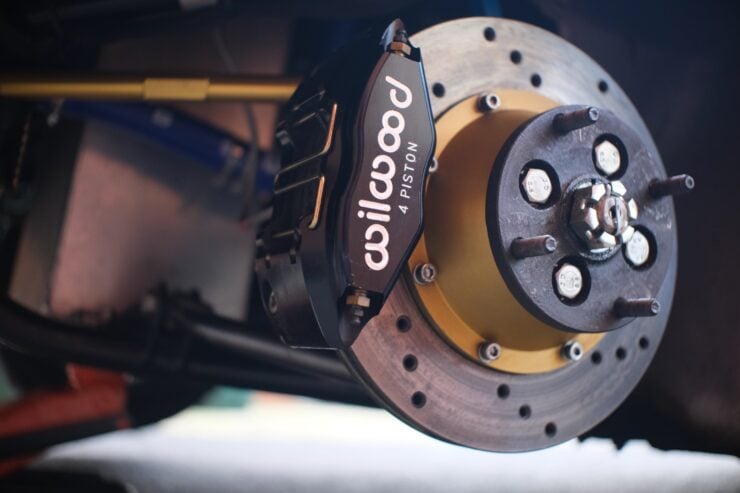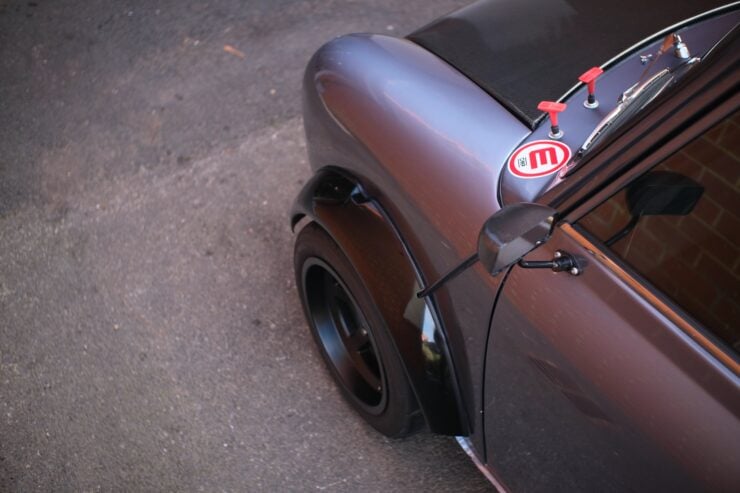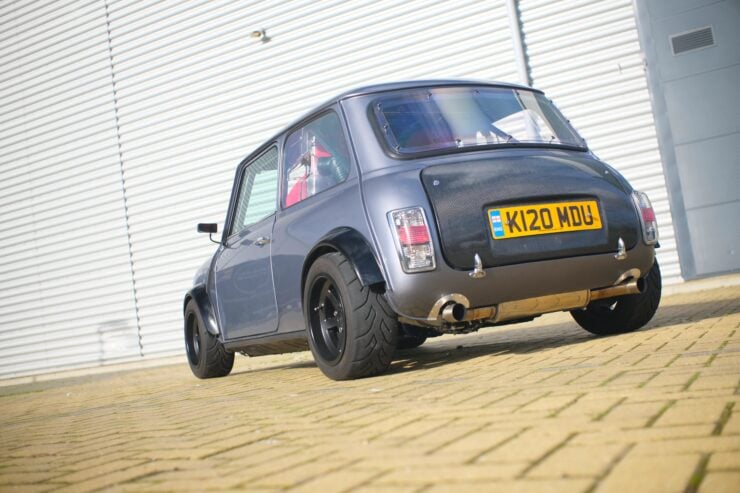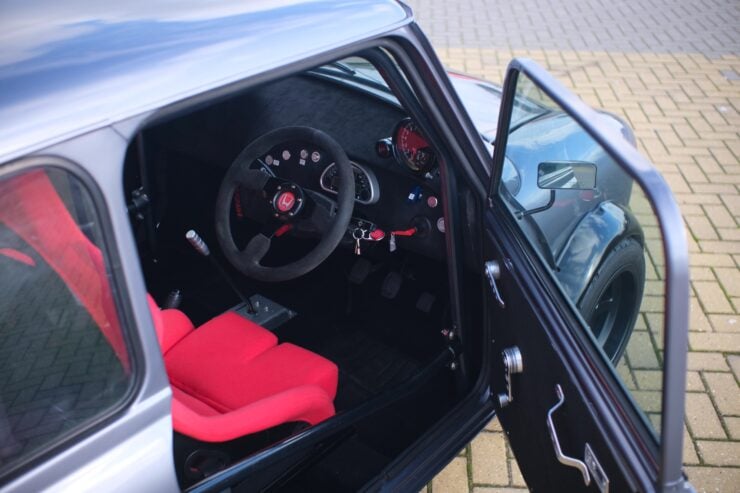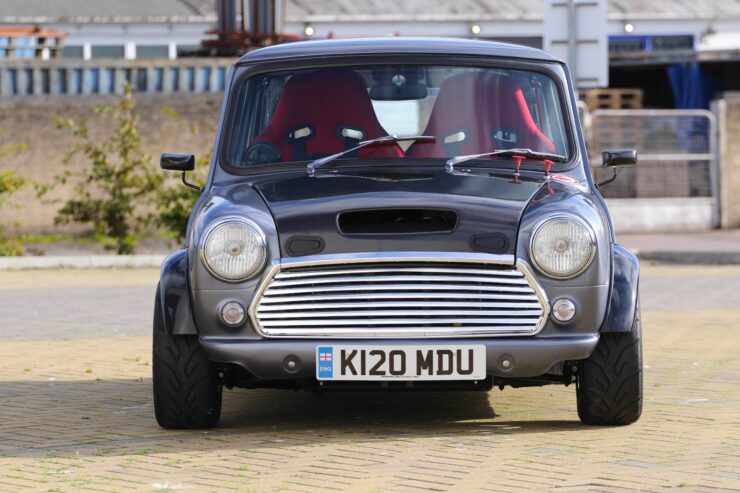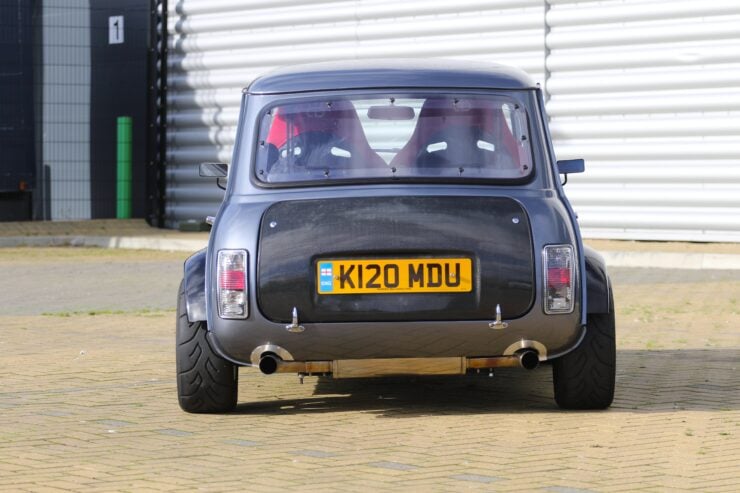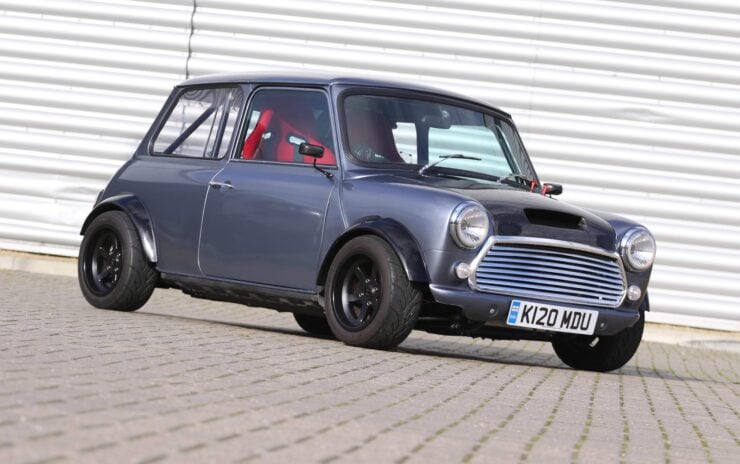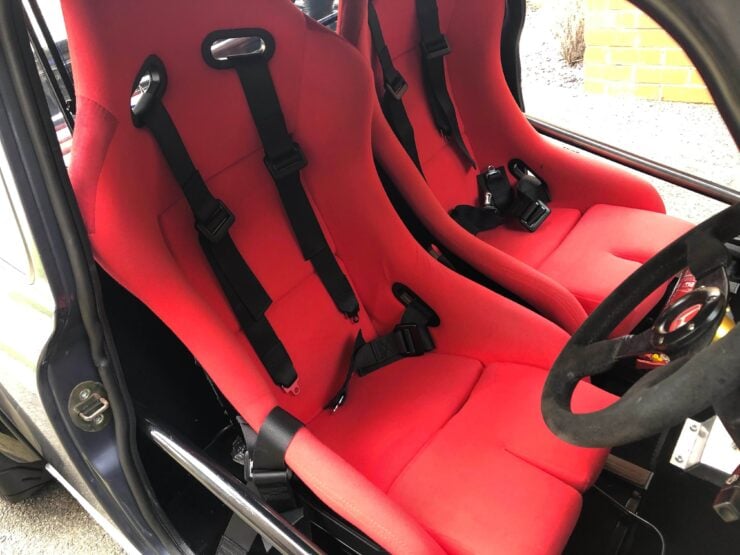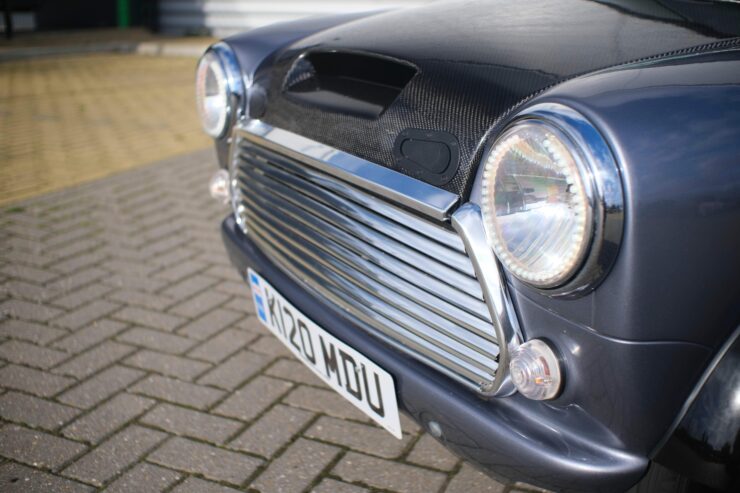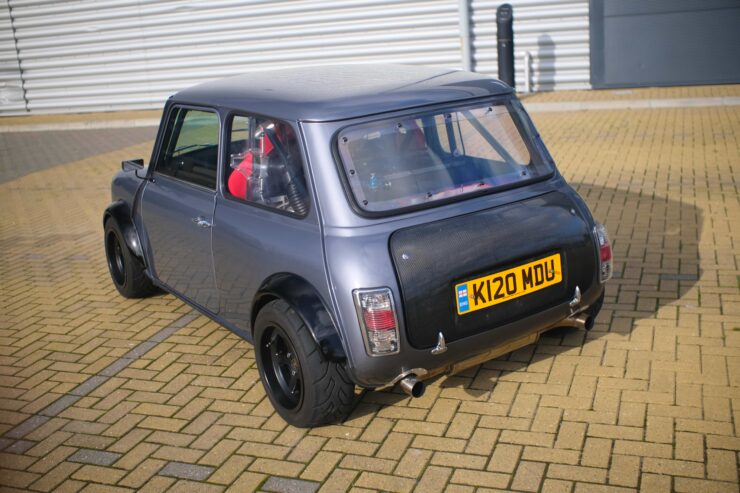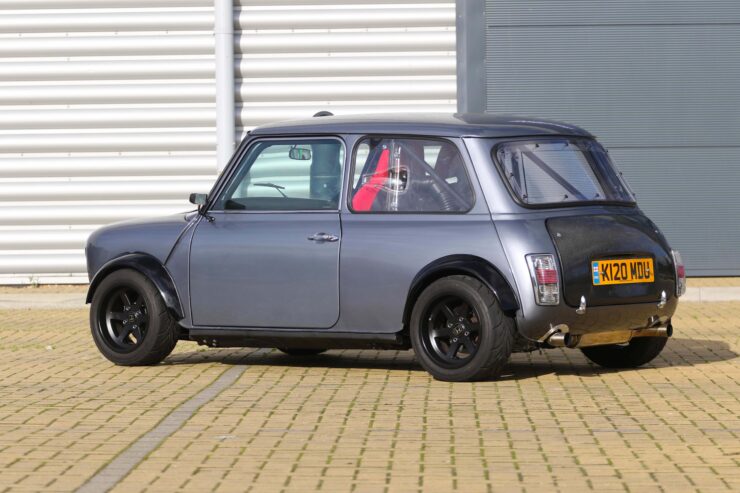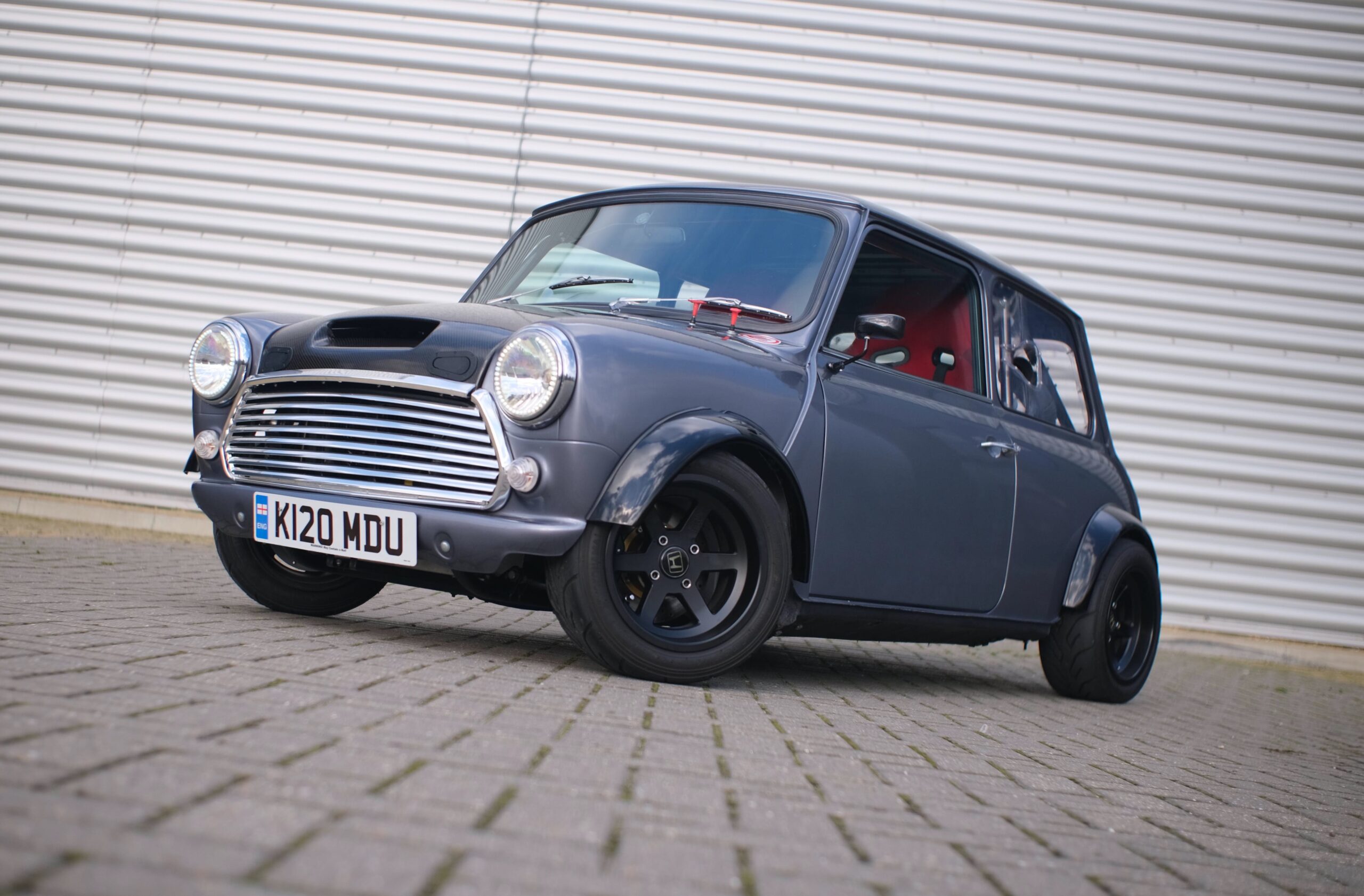This is a Healy Enigma V8, it was developed by a modestly sized independent British company as their take on a modern version of the venerated Austin-Healey 3000.
The Enigma V8 has a custom steel spaceframe chassis and a lightweight glass fiber body, under the skin you’ll find modified suspension and brakes from the Mazda Miata, and a 4.0 liter 300 bhp V8 engine from a Lexus.
Fast Facts – The Healy Enigma
- The Healy Enigma is a modern interpretation of the iconic Austin-Healey 3000, a British sports car from the late 1950s and 1960s that became a hit with European and American buyers alike.
- Underneath its retro body you’ll find a steel spaceframe chassis, independent front and rear suspension, disc brakes at all four wheels, a comfortable modern interior, and a 300 bhp V8.
- Healy Designs Ltd offers the Healy Enigma as either a turnkey car or in kit car form, and you can choose between a four cylinder Miata engine or a Lexus V8.
- The Enigma is becoming an increasingly popular choice for kit car builders in the UK thanks to its combination of modern handling, reliability, and comfort with classic design cues.
A Modern Take On The Classic Big Healey
Healy Designs Ltd started out in 2004 with a single goal in mind – to bring back the legendary Austin-Healey 3000.
Rather than just developing a replica the team led by Martin Williamson and Mick Snell decided to develop a modern design, a design that Donald Healey himself would immediately recognize.
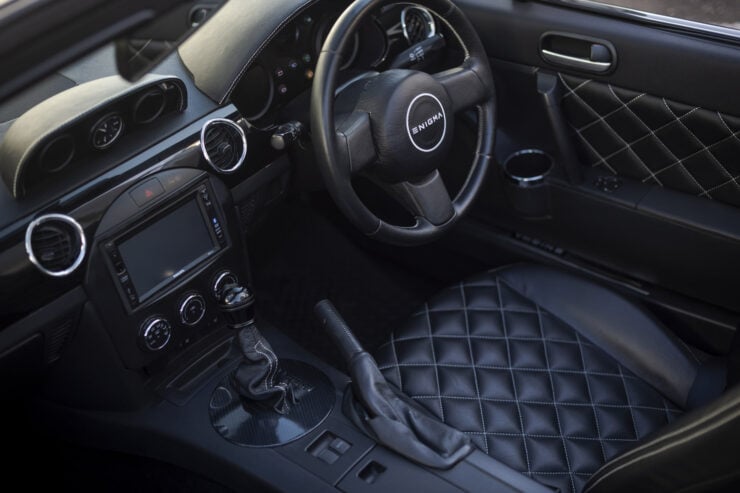
The interior of the car is entirely modern, with climate control, a reversing camera, and all the bells and whistles you’d expect in a current-day sports car.
Once the body design had been completed a steel spaceframe chassis was developed, it was decided that the car would use the running gear and powertrain from a Miata in order to keep costs down and ensure that parts availability would never be a problem.
Austin-Healey And The Healey Hundred
The original “Big Healey” was the Healey Hundred, first shown to the public at the 1952 London Motor Show. It was essentially a concept car developed by former racing driver and Monte Carlo Rally-winner Donald Healey and a small team.
Donald and his team had a limited budget, certainly not enough to develop engines, gearboxes, and other complex components, so instead they designed their own body and chassis, then bought in the running gear and powertrain from other manufacturers.
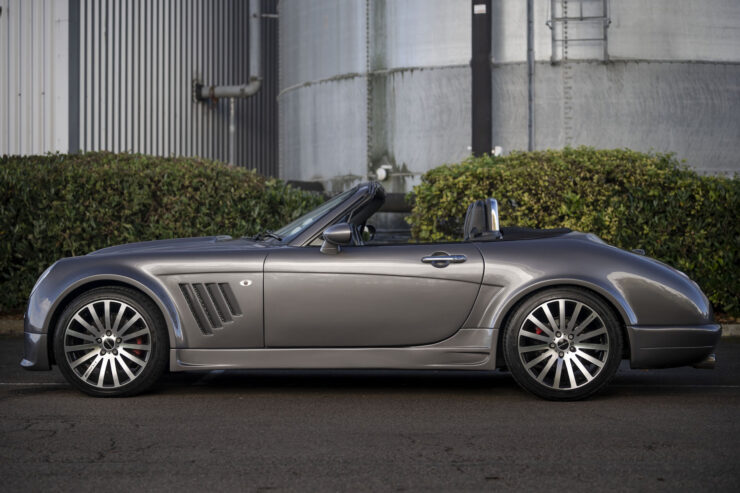
The styling of the Healy Enigma is modern, with many references to the Big Healeys of old. Very similar air vents behind the front wheels were used on the works Healey rally cars of the 1960s.
In the case of the Big Healeys, the engine, gearbox, and many other parts were supplied by Austin, which resulted in the name Austin-Healey. This agreement came about when Leonard Lord, managing director of Austin, saw the Healey Hundred at the London Motor Show and struck a deal with Donald Healey to put the car into production.
The Healy Enigma And The Enigma V8
Given the unusual way the original Big Healeys came about it makes a lot of sense that a modern version of the car follow the same fundamental path – constructing the chassis and body in-house and then buying in the running gear and powertrain elements to keep costs manageable.
The team initially chose to use most of the required components from the Mazda Miata due to the broad availability of the model, and for the fact that the Miata’s core concept was actually based on classic British roadsters like the Lotus Elan.
This use of Miata parts would take care of the engine, transmission, differential, suspension, brakes, windshield, interior fit out, and the ECU and wiring loom. Many Enigma owners have built their cars in their own sheds or garages using a donor Miata that gets progressively stripped for the needed parts.
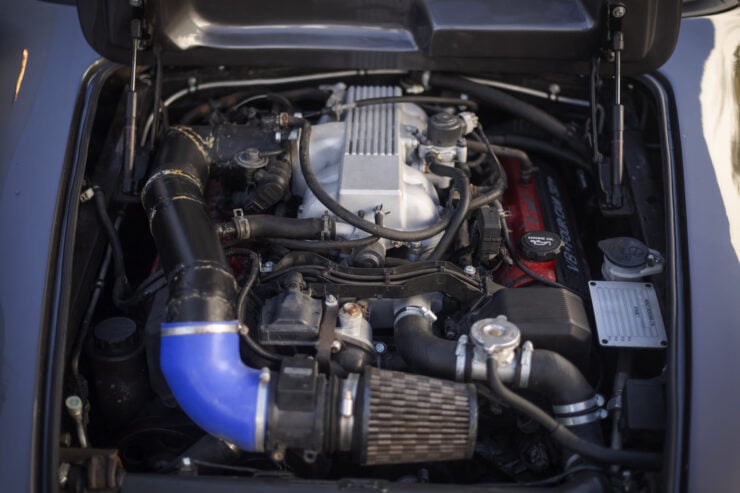
The 4.0 liter quad cam, 32 valve, all-alloy V8 is sourced from Lexus. Even in a moderate state of tune it produces an effortless 300 bhp.
More recently the company introduced the Healy Enigma V8, a vastly quicker and more powerful version of the car that makes use of an all-alloy, quad cam Lexus V8 up front producing 300+ bhp depending on the state of tune.
The Healey Enigma V8 Shown Here
The example you see here is a 2016 Healey Enigma V8, in fact it’s the first Healy Enigma V8 that was ever built.
The car was bought by the current owner directly from company co-founder Martin Williamson after he visited the factory and gave it a test drive. The original sale price was £37,000 which works out to approximately $49,600 USD.
Under the hood you’ll find a 300 bhp Lexus V8 that combines power with extreme reliability, this power is sent to the rear wheels via a four-speed automatic gearbox.
An automatic box was likely chosen to make the car easier to manage for people who came to try it out as the official factory demonstrator, but a swap to a manual box wouldn’t be a particularly complicated task for a suitably motivated new owner.
The car is now being auctioned live on The Market, if you’d like to read more about it or register to bid you can click here to visit the listing.
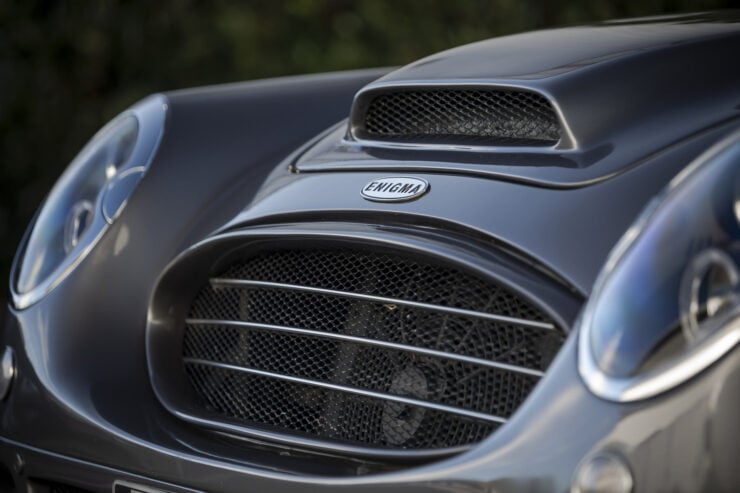
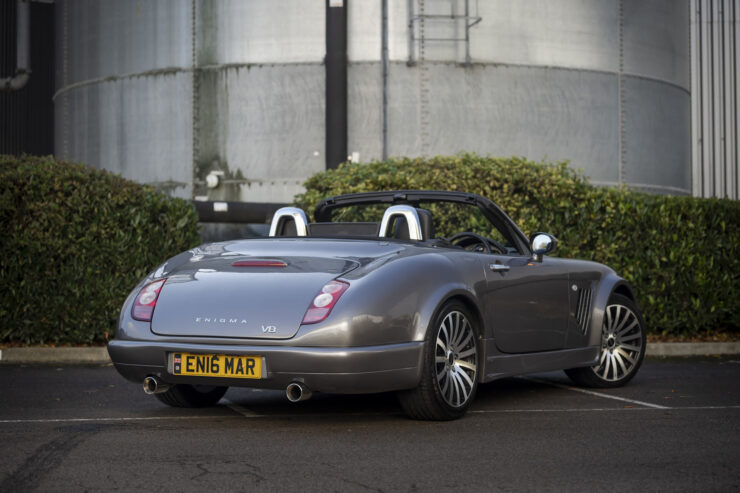
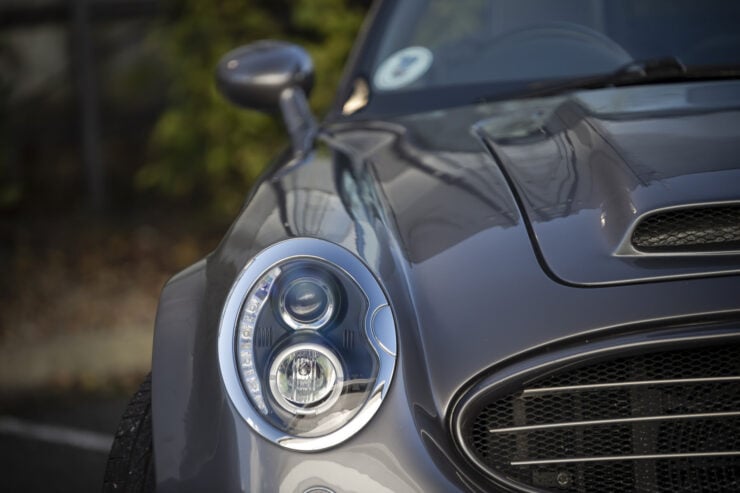
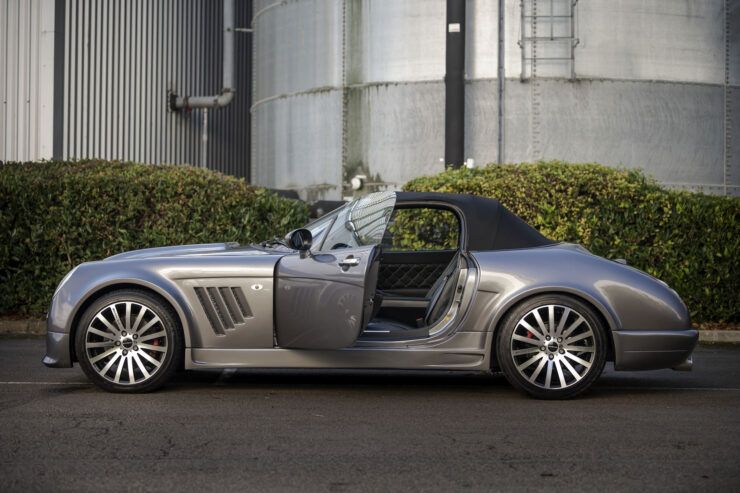
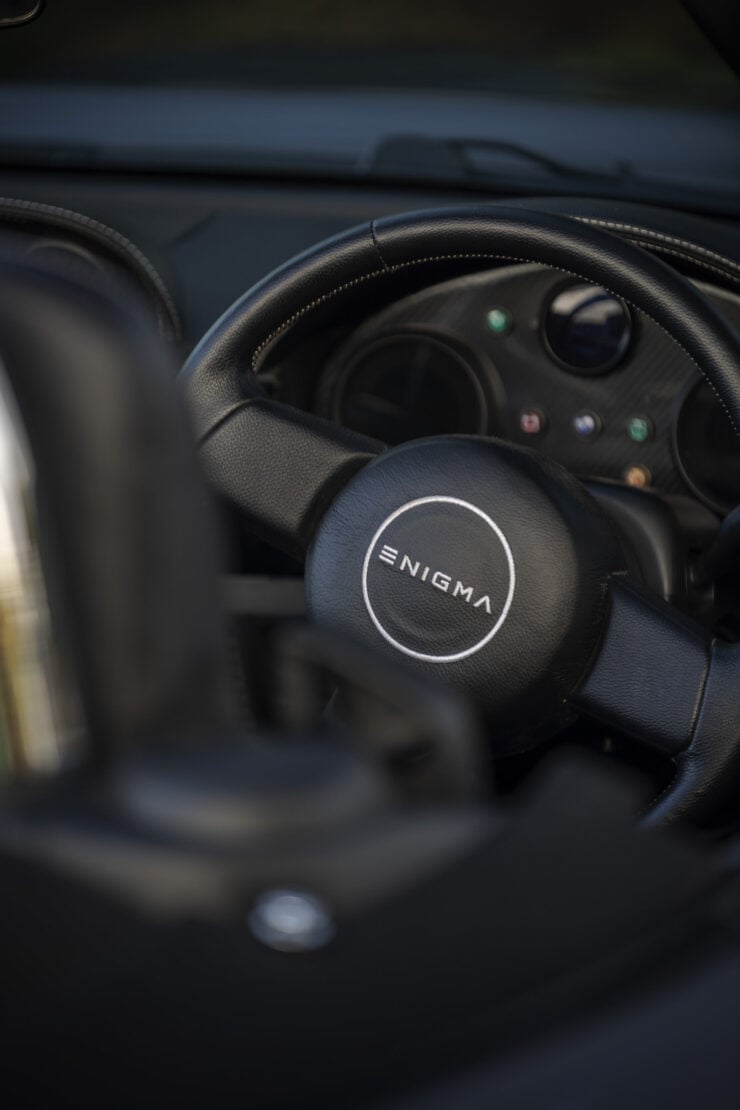
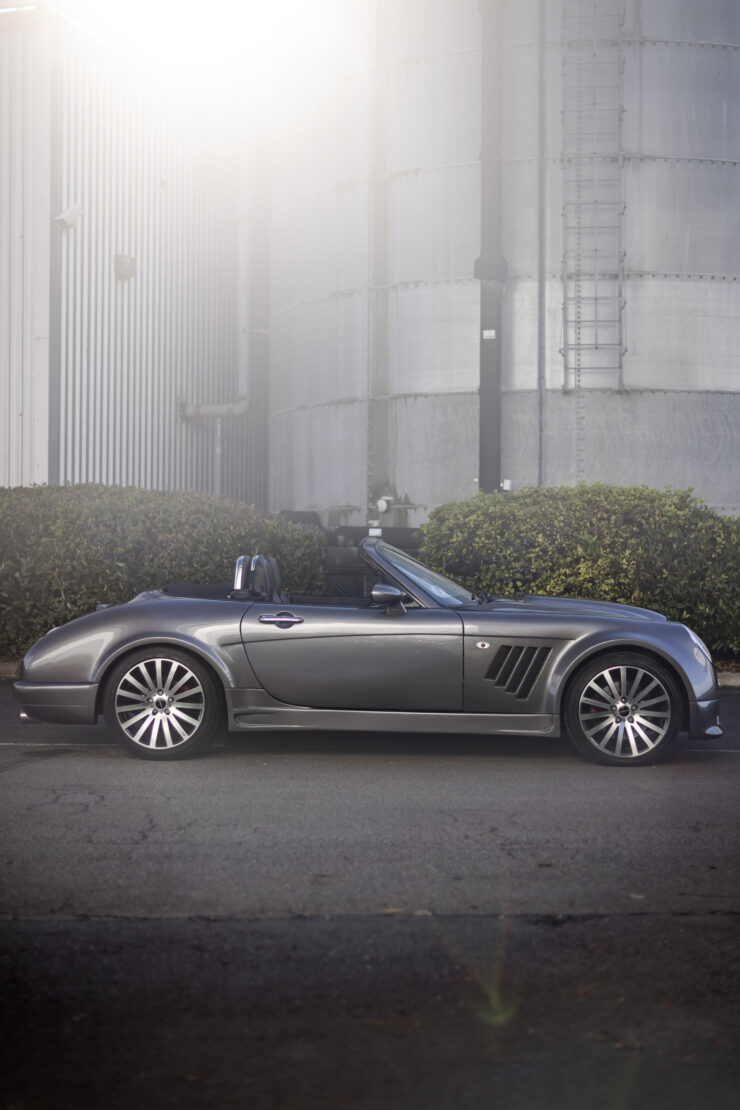
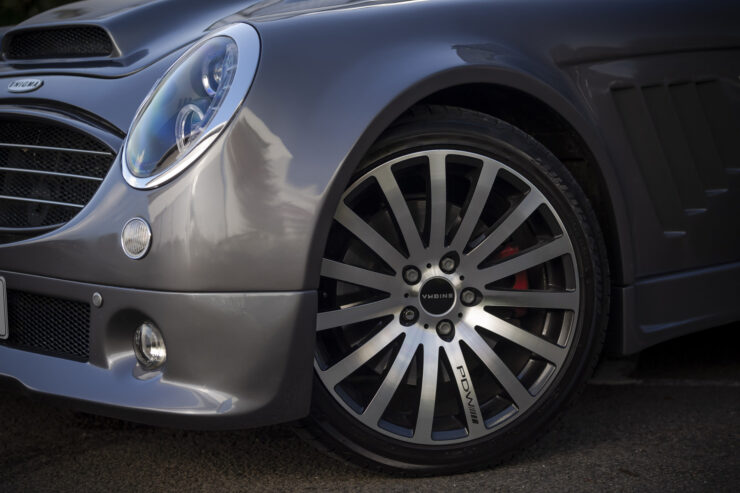
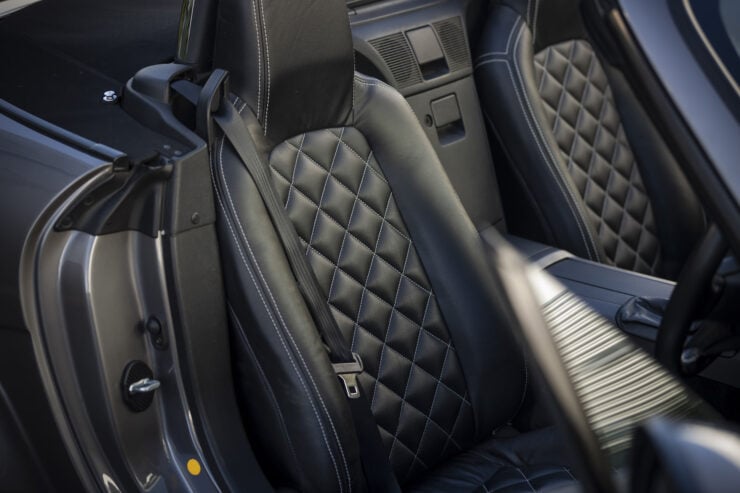
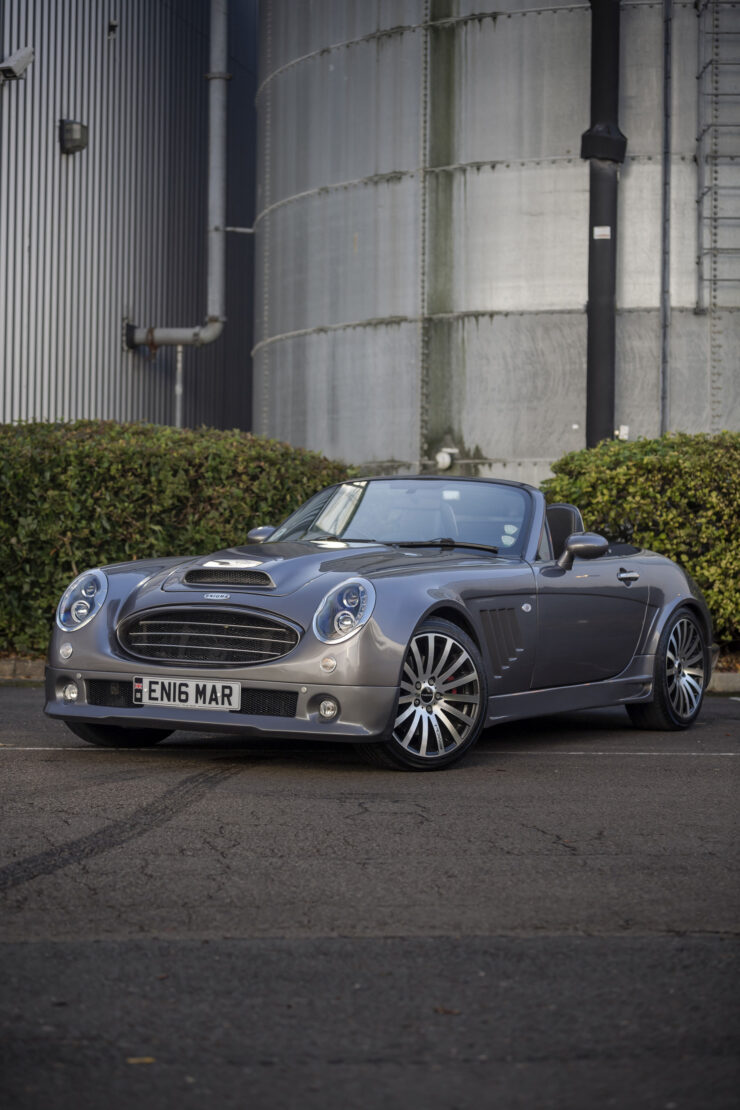
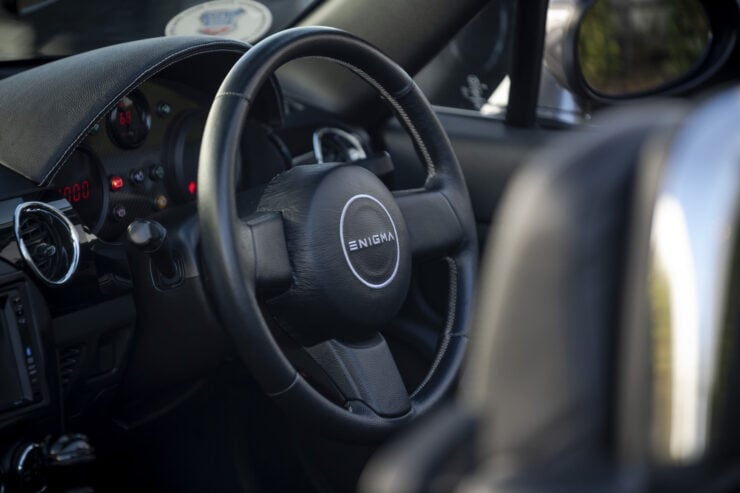
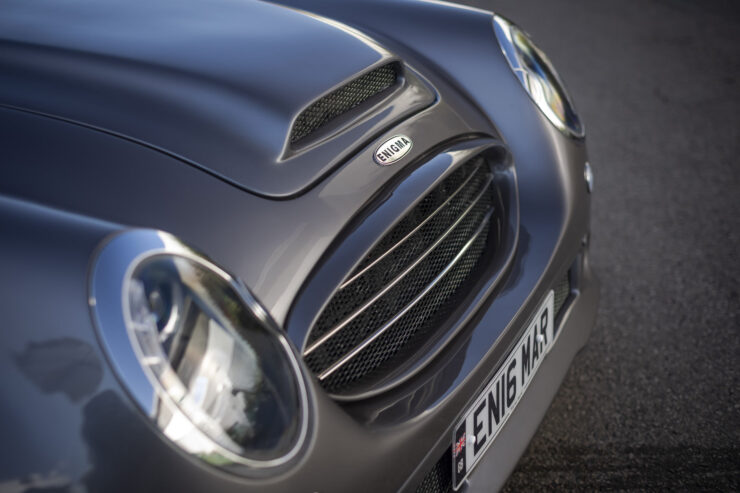
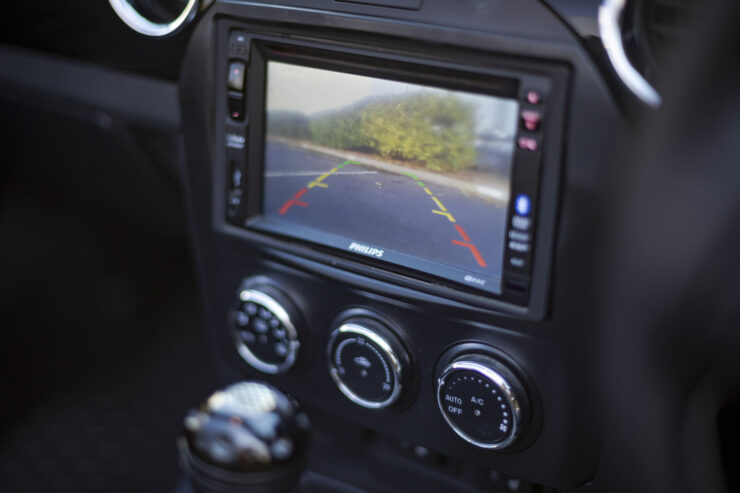
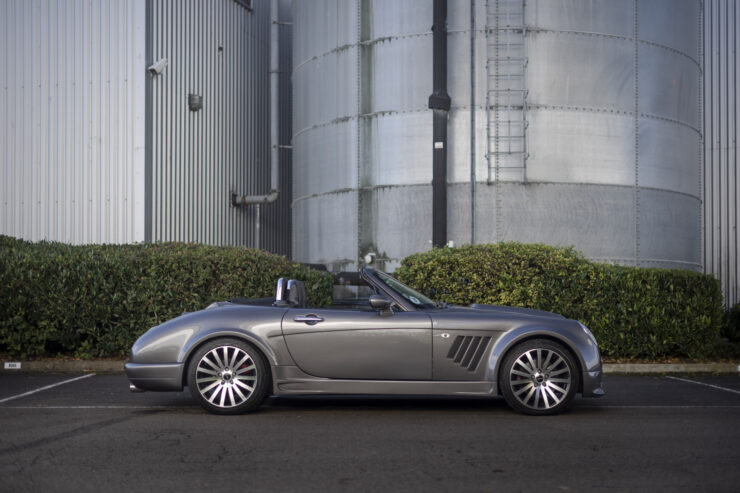
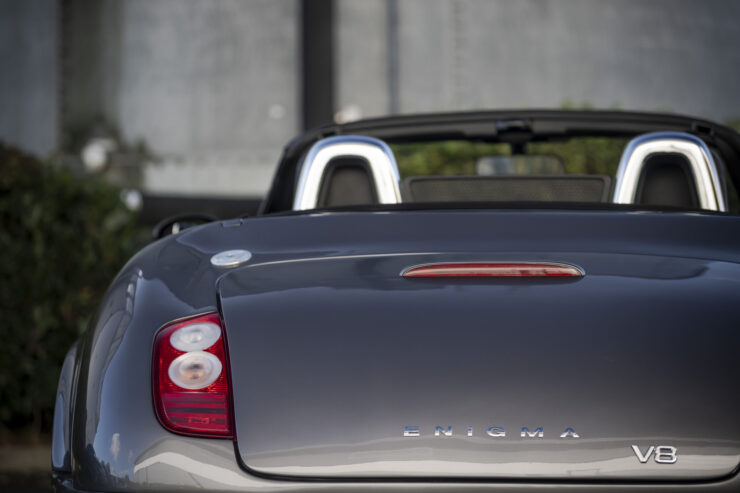
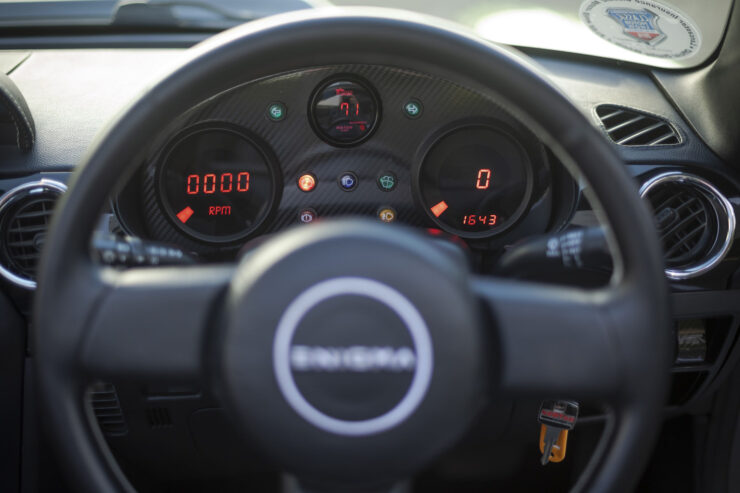
Images courtesy of Bonhams / The Market
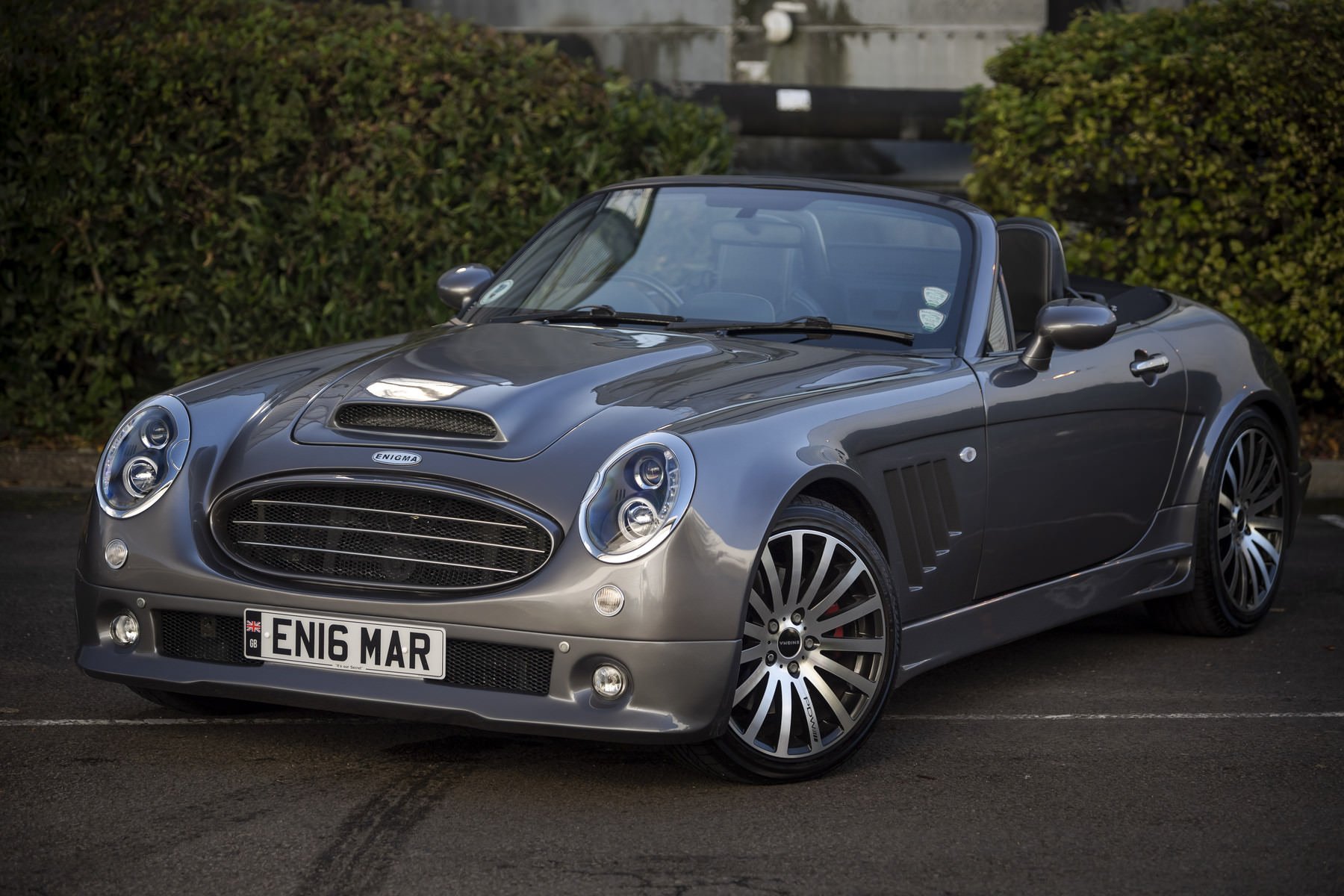
The post This Is The First Healy Enigma V8 Ever Built appeared first on Silodrome.
from Silodrome https://silodrome.com/healy-enigma-v8/
via gqrds
